Offline
 I am thinking a head a bit, I was disappointed when my car was at the body shop the steering wheel was left out in the sun and elements and treated with absolutely no respect. I believe the steering wheel is a focal point of the car’s interior and I’d like to think I can bring it back to its original shin and luster. I'd like the wheel and horn button etc. to be sharp! I was looking through the new Eastwood catalog and I saw there is a steering wheel restoration kit boosting to restore cracked steering wheels. My steering wheel is not cracked, a little chipped, discolored and faded. Does anyone have any experience with the Eastwood steering wheel restoration kit?
I am thinking a head a bit, I was disappointed when my car was at the body shop the steering wheel was left out in the sun and elements and treated with absolutely no respect. I believe the steering wheel is a focal point of the car’s interior and I’d like to think I can bring it back to its original shin and luster. I'd like the wheel and horn button etc. to be sharp! I was looking through the new Eastwood catalog and I saw there is a steering wheel restoration kit boosting to restore cracked steering wheels. My steering wheel is not cracked, a little chipped, discolored and faded. Does anyone have any experience with the Eastwood steering wheel restoration kit? I did a search of BF and there was a reference to a link on “wiki” for steering wheel restoration advice but the link was not working/available, anyone know where I could find the article?
BTW I got a quote from a "professional" at a car show to do the job, he wanted to a complete rebuild, the cost was just $2K, yikes!:rapture:
Thanks!

 Hey there Guest!
Hey there Guest!
 smilie in place of the real @
smilie in place of the real @
 Pretty Please - add it to our Events forum(s) and add to the calendar! >>
Pretty Please - add it to our Events forum(s) and add to the calendar! >> 


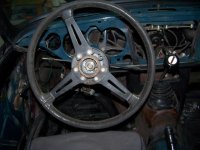
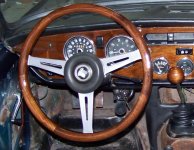
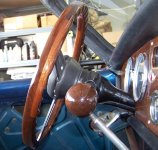
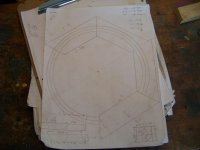
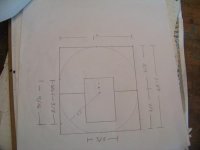
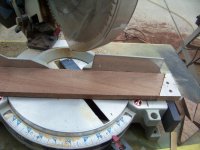
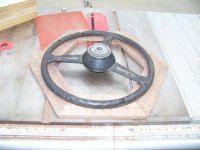
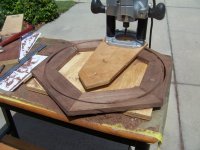
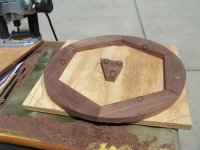
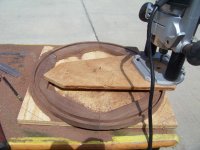
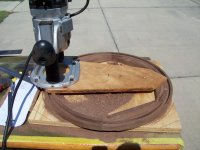
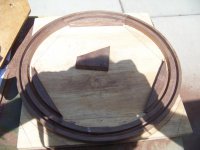
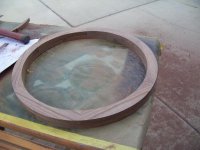
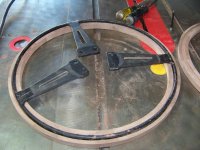
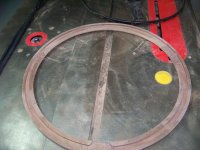
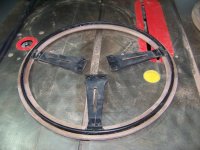
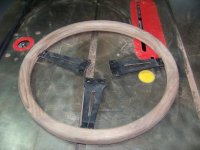
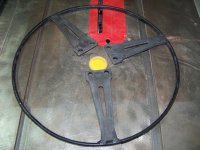
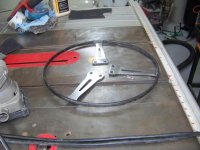
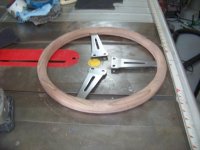
 A friendly reminder - be careful what links you click on here. If a link is posted by someone you don't know, or the URL looks fishy, DON'T CLICK. Spammers sometimes post links that lead to sites that can infect your computer, so be mindful what you click.
A friendly reminder - be careful what links you click on here. If a link is posted by someone you don't know, or the URL looks fishy, DON'T CLICK. Spammers sometimes post links that lead to sites that can infect your computer, so be mindful what you click.